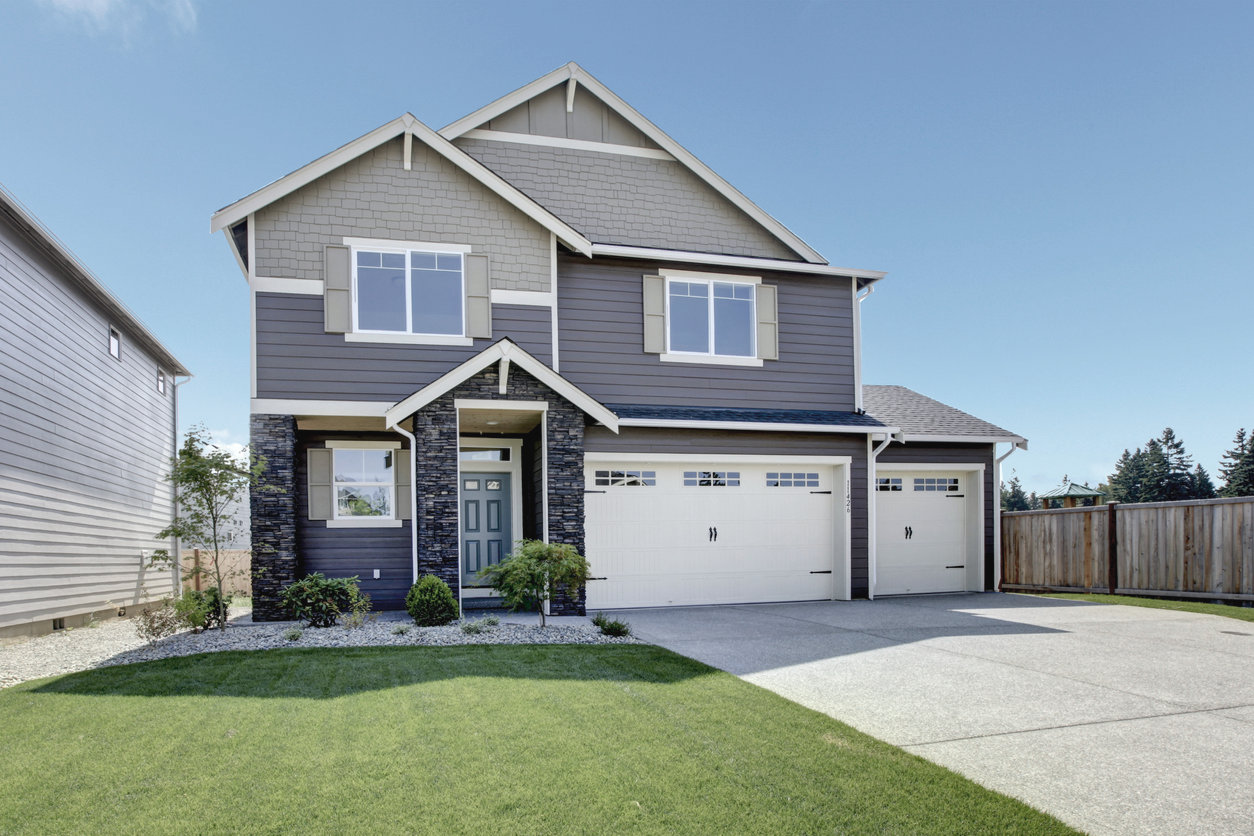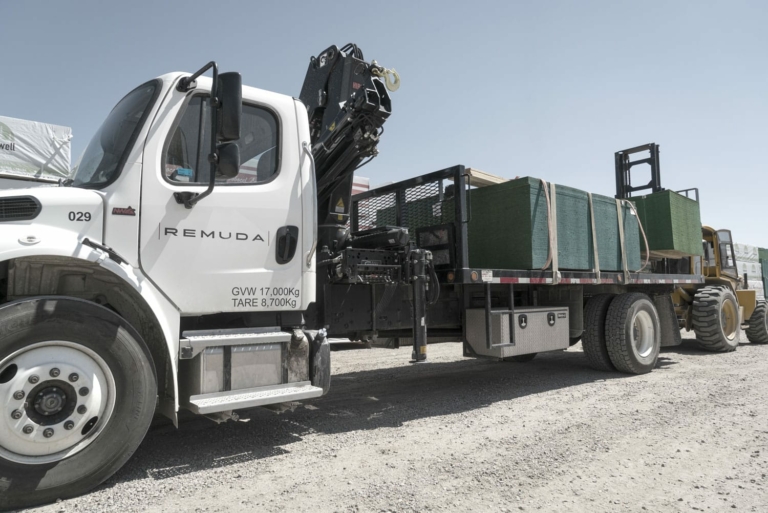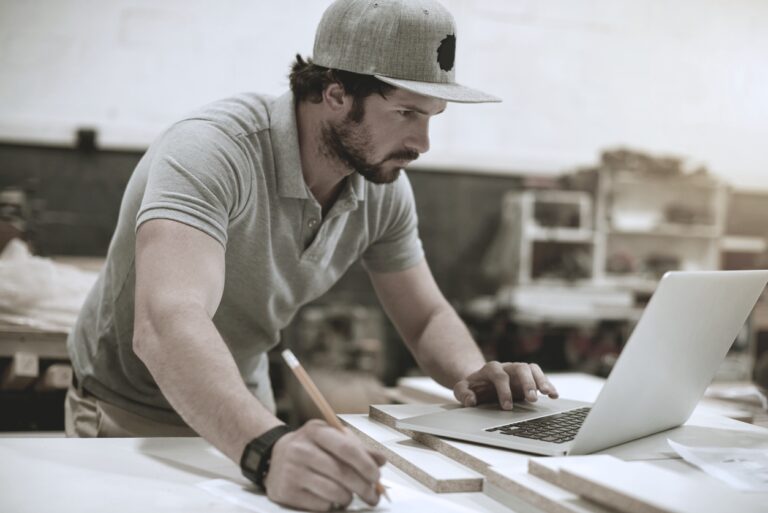Calgary’s residential construction market has started off strong in 2025, according to housing start data from the first quarter, which saw a 16% increase from the same period last year. With new subdivisions rising and infill demand growing, it’s clear that Calgary remains one of the busiest homebuilding markets in the country.
For a homebuilder working in the Calgary area, keeping an eye on emerging trends in a busy market can give you a real edge. Whether it’s framing more efficiently with off-site manufactured materials, improving energy performance, or offering features that homebuyers are increasingly demanding, incorporating these six trends will help build better in 2025.
Six Trends in New Homes Construction for 2025
1. Energy-Efficiency & Stricter Building Codes
Alberta’s updated building code came into effect in 2024, pushing new homes toward higher energy performance with the long-term goal of all homes being ‘net-zero-ready’ by 2030. For builders, this means taking a closer look at how energy performance factors into both material selection and construction methods. Some suggestions to meet or exceed these evolving standards:
- Use higher R-value insulation in walls and attics.
- Apply advanced framing strategies—like wider stud spacing and two-stud corners—to reduce thermal bridging and increase wall cavity insulation. These methods also make it easier to integrate continuous exterior insulation for improved energy performance.
- Specify triple-pane, low-E windows and high-efficiency doors.
These changes can improve performance and help streamline the inspection process under Alberta’s stricter energy code.
2. Prefabrication & Panelized Construction
Off-site framing is becoming increasingly common in Calgary as a way to increase project capacity and reduce time on-site. Prefabricated wall panels and engineered wood trusses allow builders to keep jobs moving, even when skilled framing crews are in short supply.
This approach may be particularly useful for:
- Multi-family projects with repeated unit designs
- Single-family homes with standardized floor plans
- Builds with tight schedules or limited access to skilled labour
- Projects where consistent quality and tight tolerances are critical
Prefab framing isn’t right for every project, but on the right site, it can help compress timelines and reduce rework.
→ Dive deeper into the differences between prefab construction and on-site framing
3. Use of Engineered Wood Products and Advanced Framing Techniques
Engineered wood products like LVL, LSL, and I-joists are becoming staples on Calgary job sites. They offer better performance, reduce material movement over time, and open up more design possibilities.
Advanced framing techniques, when used alongside EWP, also reduce waste and create more room for insulation. Consider:
- Installing I-joists for stronger, straighter floor assemblies
- Using LVL for headers to reduce deflection and improve spans
- Rethinking traditional framing layouts to use fewer studs while maintaining strength
These methods can simplify layout, reduce callbacks for warranty and repairs, and help meet energy performance requirements more easily.
4. Flexible Spaces for Multi-Purpose Living Spaces:
More buyers are looking for homes that adapt to their lives. Whether it’s a basement suite, a home office, or a multigenerational living space, homes that can evolve with their owners offer more long-term value.
To support this trend, builders may want to:
- Rough-in electrical and plumbing for future secondary suites
- Frame flexible spaces that can serve as guest rooms, offices, or playrooms
- Consider wider doorways or main-floor bedrooms for aging-in-place design
With just a few changes in the planning phase, homes can become much more versatile.
5. Outdoor Living:
Calgary’s sunny climate makes outdoor space a valuable feature. Homebuyers continue to prioritize usable outdoor areas that let them take advantage of the city’s “blue sky” days.
Incorporate:
- Framed-in large decks or patios that are ready to enjoy immediately
- Gas lines and extra outdoor outlets to accommodate BBQs, heaters, or lighting
- Covered outdoor areas for year-round use
Well-designed outdoor living areas not only boost curb appeal—they create functional space that’s easy to showcase during sales.
6. Smart Tech & Wellness Upgrades:
Homebuyers are increasingly interested in tech-savvy, wellness-focused homes. These features are no longer premium upgrades—they’re often expected.
To meet these expectations, builders may want to:
- Pre-wire for smart home hubs, EV chargers, and integrated security systems
- Install HRVs/ERVs to improve air exchange and humidity control
- Select materials that improve indoor air quality, such as low-VOC paints and mold-resistant drywall in basements
Homes that feel healthier and more connected help differentiate your projects in a competitive market.
For homebuilders in Calgary, adapting to emerging trends in 2025 can create real opportunity. Small, strategic updates to how you frame, plan, and spec your homes can help overcome labour challenges, meet new code standards, and offer buyers real, tangible value.


